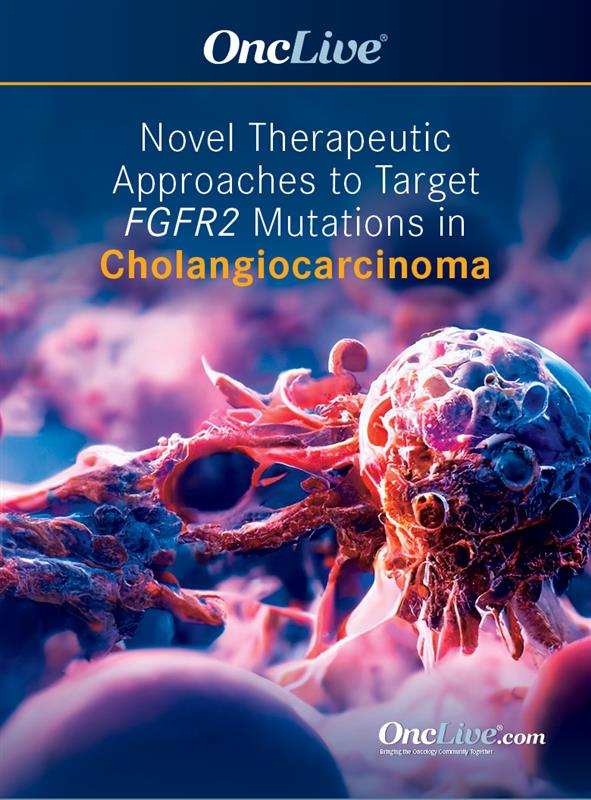Dr. Kamath on the Prevalence of FGFR2 Fusions/Rearrangements in Cholangiocarcinoma
Suneel Kamath, MD, discusses the prevalence of FGFR2 fusions or rearrangements in cholangiocarcinoma.
Suneel Kamath, MD, assistant professor of Medicine, the Cleveland Clinic Lerner College of Medicine of Case Western Reserve University, discusses the prevalence of FGFR2 fusions or rearrangements in cholangiocarcinoma.
Among FGFR2 alterations, FGFR2 fusions and rearrangements are the most sensitive, and they present in approximately 10% to 15% of patients with intrahepatic cholangiocarcinoma, according to Kamath, who adds that rates of intrahepatic cholangiocarcinoma are higher than extrahepatic cholangiocarcinoma in the United States. Rates of FGFR2 fusions and rearrangements are significantly lower in extrahepatic cholangiocarcinoma and gallbladder cancers, Kamath explains.
RLY-4008, an FGFR2 inhibitor selective for FGFR2, is under exploration in patients with cholangiocarcinoma harboring an FGFR2 rearrangement or fusion.
Within the current treatment landscape for cholangiocarcinoma, 3 pan-FGFR inhibitors are available, Kamath continues. Although pan-FGFR inhibitors target FGFR2, they also target FGFR1, FGFR3, and FGFR4, causing toxicities associated with the activity on those genes, Kamath concludes.




